This story struck me when I saw the matrimonial ads in a newspaper. They are an interesting assortment. Middle-class parents desperately want to find someone for their super-eligible, super-protected children. Those children who have achieved everything in life and in that race just missed out on one thing - finding a person they will share a home with for the rest of their life. But this is not a critique of the wedding setups. That’s for some other time and anyway, Seema aunty is already doing a lot for these people.
Matrimonial ads are the epitome of masterful tradeoffs. You have a character limit and you have to cramp in as much as you can in those many characters. What to keep and what to drop is literally a costly question and people get exceptionally creative when it comes to it.
Suitable matches become ‘SM’, Very is substituted by “V.” and more often than not vowels go missing. But when it comes to omission and substitutions, one thing is not sacrificed.
Look at this.
Fair, V. fair, Gori (Hindi - translates to fair-skinned). It comes across at an alarming frequency. And I don’t think any of them talks about being fair in a King Solomon sort of way.
I found a funny anecdote in one of the articles - The author searched for “fair” and found 11384 profiles to shift through, but searched for “black” and only 1 person was frank enough to mention it. “Wheatish” which is the Indian rendition of dark-skinned returned only 703 profiles.
In India, there is an almost maddening obsession with “fair” skin colour and it has been documented in Indian as well as international media. This may be a relic of colonialism and not just specific to India.
But what happens in India baffles me beyond logic.
The leftmost person is ‘visibly’ different from the rightmost one.
But imagine the 3rd person discriminating against the 4th one - there isn’t even any discernable difference. That’s what has been happening in India.
I wanted to explore some data around this situation. And look at it in a global as well as Indian context.
First I considered what could be a dark-skinned person be looking for to “fit in”. I presume skin whitening would definitely be one of the top interests.
This is the interest (searches) for “Skin whitening” on Google over the last decade
It has just skyrocketed over the last decade by about 4-5 times. Was it due to the internet proliferation and the organic increase in adoption of Google search?
To break the myth, I compared it with “Healthy food” which is another hot topic of our generation.
This is how they stack.
Healthy food (the red line) has just increased twofold.
Side note:
The sharp spikes that you see on the red line, those are Januarys. Those millions of new year resolutions fizzle out in a couple of weeks, but we come back with loftier resolutions every other year.
Now to an interesting fact on skin whitening. Let’s compare the countries where more people search for “Skin whitening” than “Healthy Food”
Pakistan ranks at the top there. If 72 of our neighbours are looking for Skin whitening, only 28 of them are looking for healthy food.
Most Asian and African countries are more bothered about their white skin than healthy food. And they are not even equally dark - they are in all hues of yellow, wheatish, toffee and what not.
But one thing stood out.
Rich people are less bothered about skin colour. Singapore and Hong Kong behave similarly to European countries even though fairness wise they are as fair as other Southeast Asians.
The bottom line - Money hides your skin colour. Probably.
So, coming back to India.
The story is not very different.
But where it takes a twisted turn is in this picture. Let’s look at which of the states are more obsessed about getting a fair skin and does it align with what we saw globally.
Does income play a role?
Most probably not, Karnataka, Tamil Nadu, Telangana are rich states by Indian standards. They have a much higher GDP per capita than most of the central and northern states.
Is it literacy?
Kerala and the North-eastern states have almost 100% literacy rates.
The only explanation is the insecurity bred by the dark skin colour which is more prevalent in the Southern part of India as compared to the rest of India.
What is more embarrassing is that this data is for 2020.
But, All isn’t that bad.
A few trends are likely to act as catalysts in making a more colour neutral society in India.
Fair and Lovely dropped “Fair” from its name. Now it’s rebranded as Glow and Lovely. It has not deterred its sales. It still sells more than Coca-Cola in India. But it’s definitely an acknowledgement of the issue.
Actors like Abhay Deol and Nandita Das have advocated against fairness creams.
But personally, I feel the OTT revolution and the rise of influencers have created multiple stars. The stereotype of fair skin as the standard of beauty has been gradually vanishing. Nawazuddin and Radhika Apte are becoming more aspirational.
While Marketing still has a colourism problem, as it is put in this HBR article, international clothing brands like H&M adopting dark-skinned models is a positive step.
I am hoping to see one day when people don’t bother about skin colours. And stop wasting money on “whitening” their skins. And when the matrimonial ads look for only qualified girls and boys and expectation of fairness is just limited to their behaviour and actions.

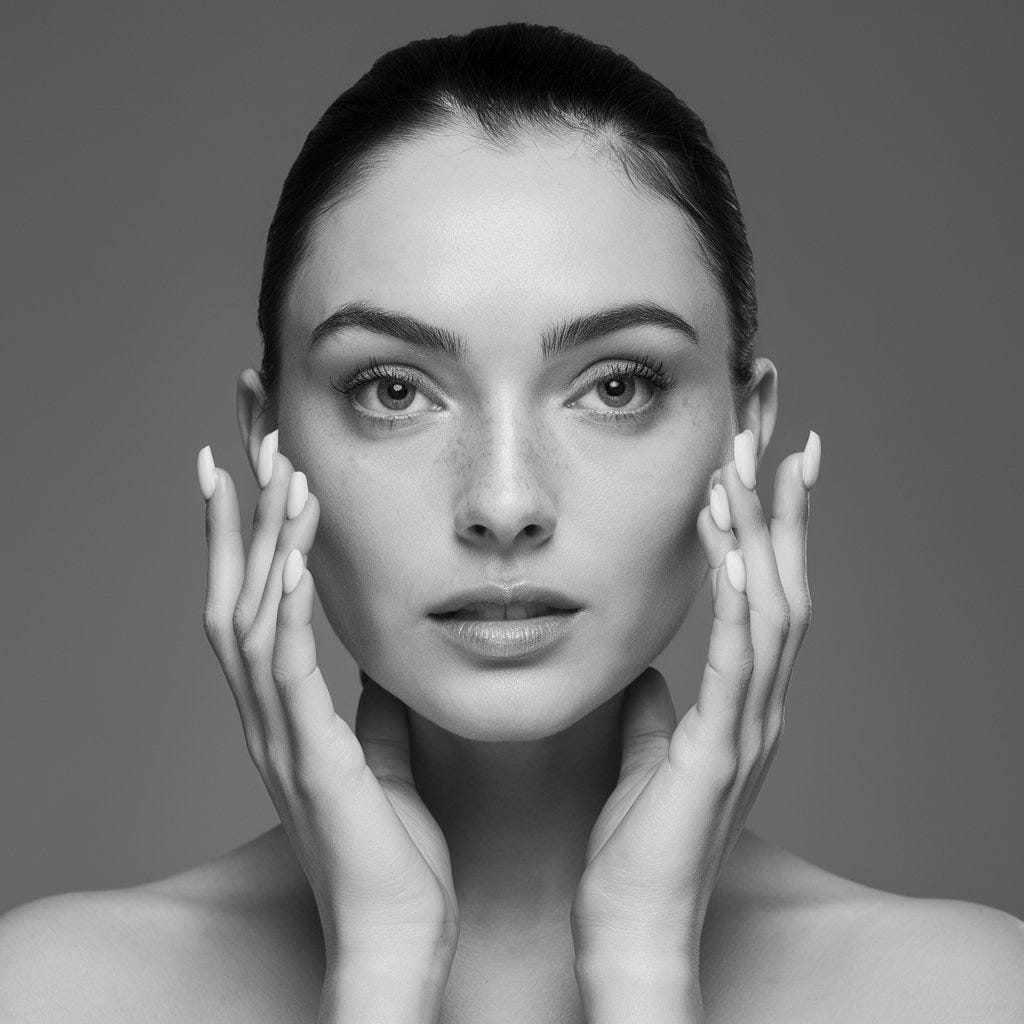
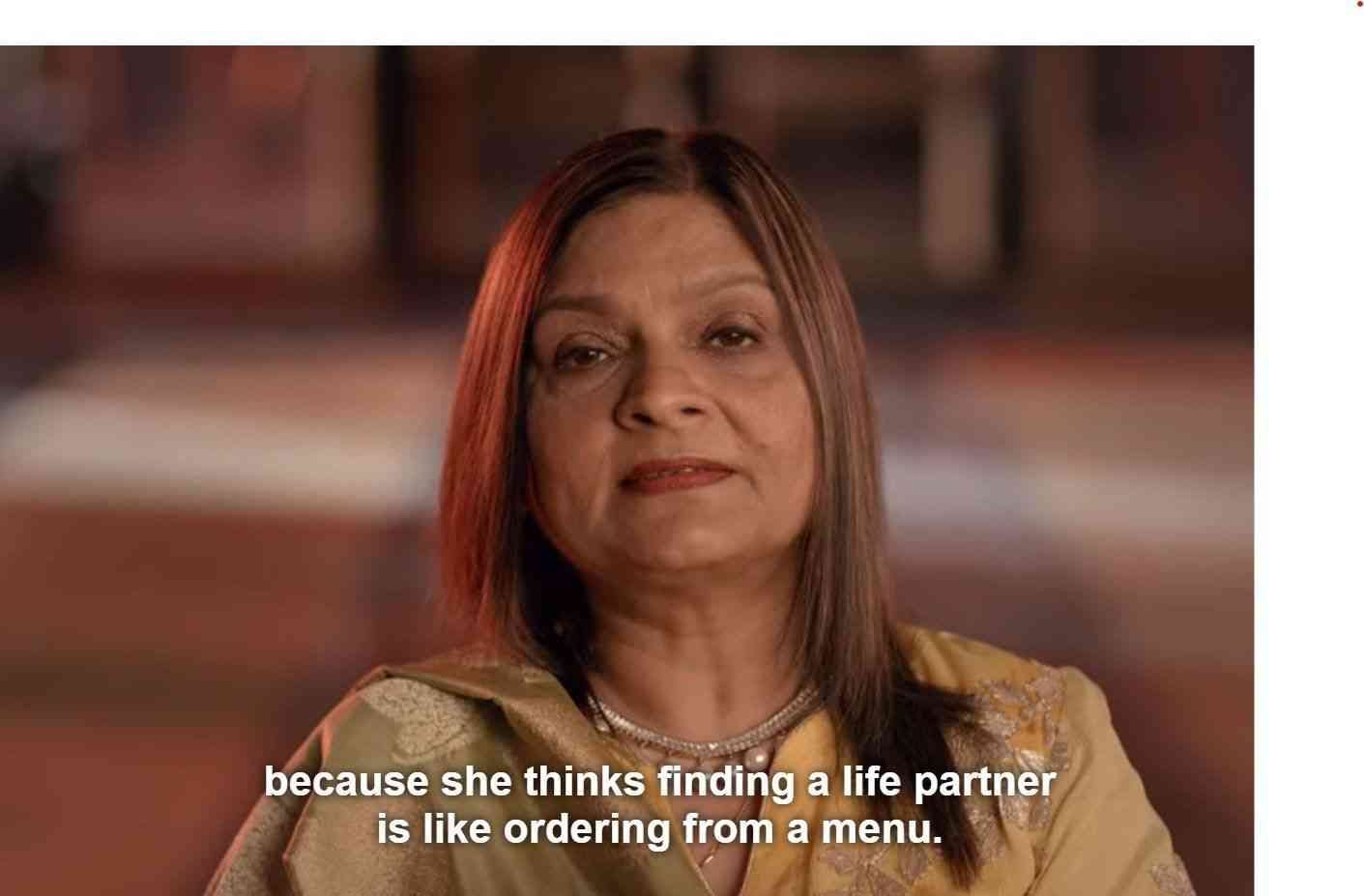
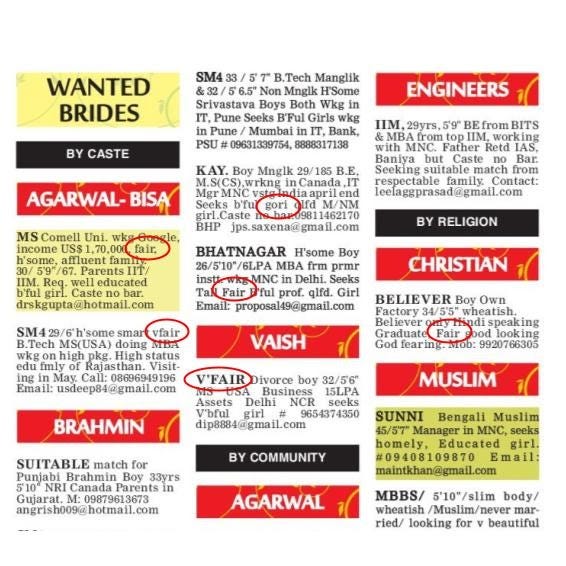
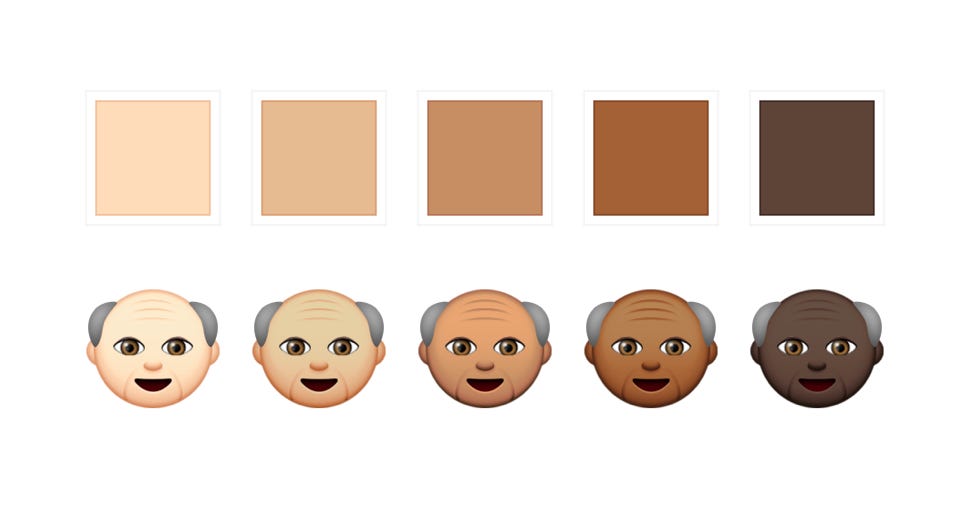


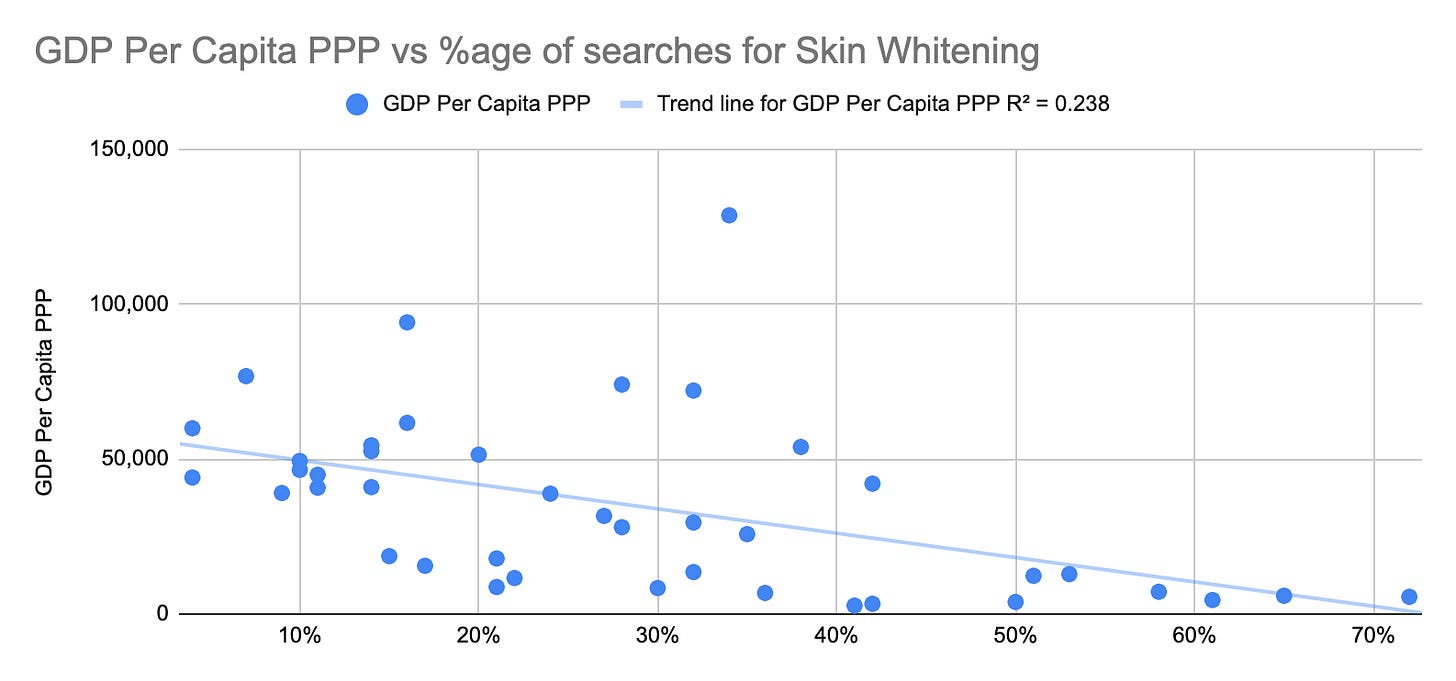

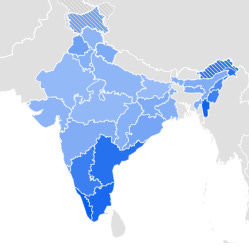
aur aaiye isi baat pe ek podcast banayein!
Bahute jabar baat keh gaye aap maalik!! Ab is hypothesis ko hindi heartland ki ek aur sachchai se jode ke fir se test kijiye - Sarkar naukri degi fir gori ladki se shadi hogi
Sarkar ka kaam naukri dena hai kya?